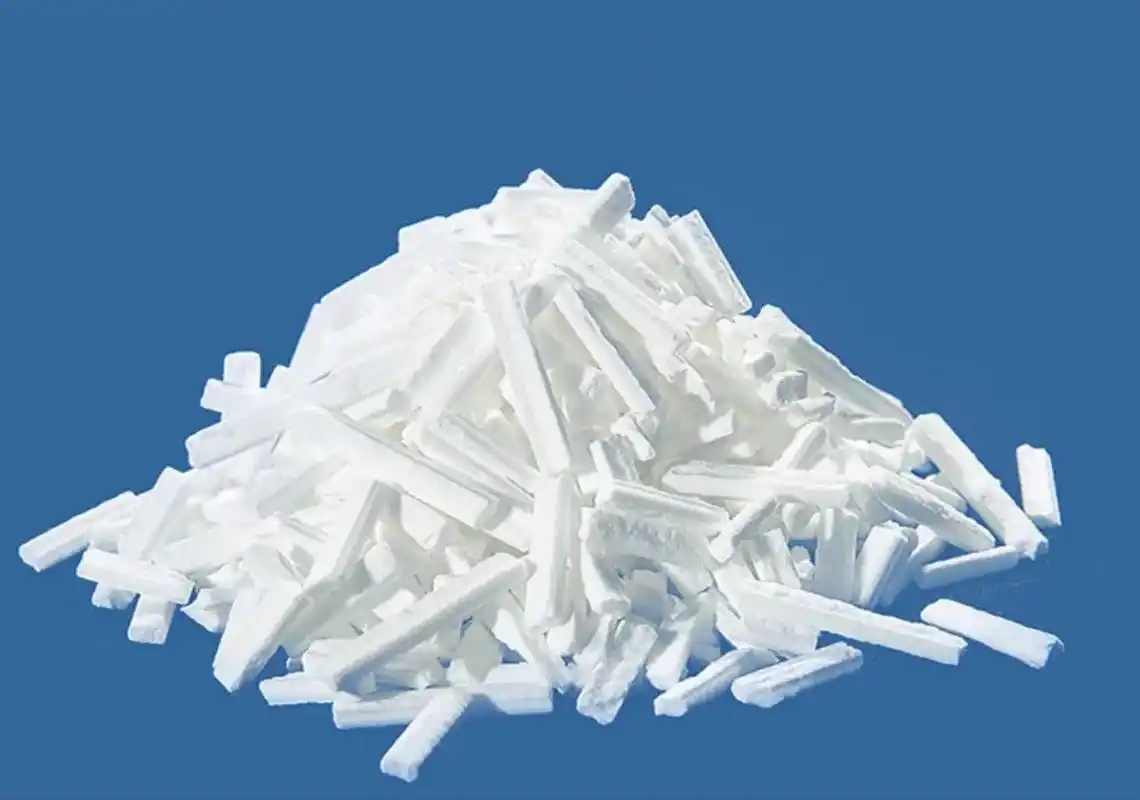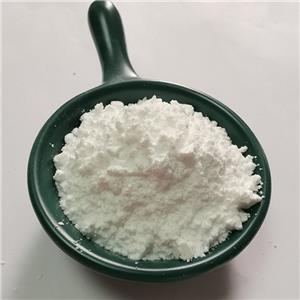Why Granular Silica is Replacing Traditional Powder? Decoding the "Hidden Engine" of New Energy Vehicle Tires
As the new energy vehicle (NEV) industry pursues "mileage efficiency per watt-hour," precipitated silica—once a behind-the-scenes component—is now taking center stage. Granular silica, with its superior performance matrix, is rapidly displacing traditional powdered silica in tire manufacturing.
Four Critical Challenges of Powdered Silica
1. During the mixing process, "white smoke" is prone to be produced, leading to excessive VOCs emissions
2. Moisture absorption and caking during storage increase the cost by 5% for activation treatment
3. Poor uniformity of dispersion in the tread compound causes local stress concentration
4. The transportation loss rate is as high as 3-5%, and the supply chain cost is rising

Granular Silica's Innovative Solutions
With advanced precipitated silica granulation technology:
✅ Pre-dispersed Design: Nano-level dispersion within granules reduces mixing time by 30%
✅ Core-Shell Structure: Rigid silica core + elastic polymer shell improves dynamic modulus by 22%
✅ Smart Moisture Control: Molecular sieve structure maintains stable moisture absorption at 1.2-1.5%

Industry Validation
A. Tires with granular silica exhibit 8-10°C lower temperature rise in WLTC tests, slowing aging
B. Tread wear resistance index jumps from 300 to 380, extending service life by ~20%
C. Reduces rolling noise by 2-3 dB, meeting EU 2024 noise regulations
Technology Preview: Our company is currently developing the fourth-generation gradient density particle product. By regulating the internal porosity of the particles (with a gradient of 20% to 80%), it is expected to further enhance the energy efficiency of new energy vehicle tires by 8 to 10%.




